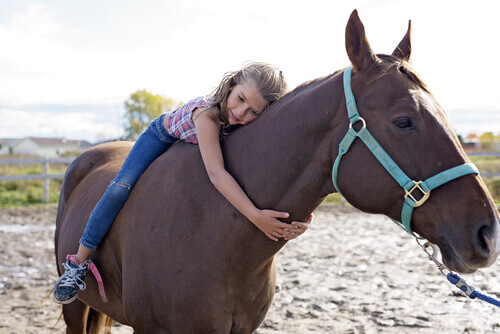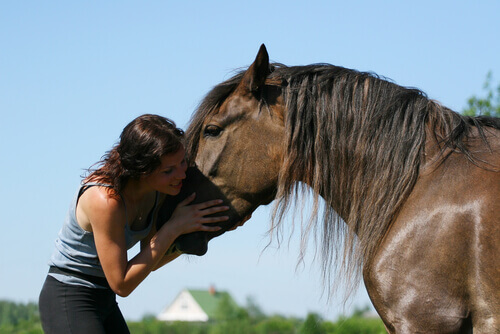The Benefits of Equine-Assisted Therapy for People with Disabilities

Equine-assisted therapy is an increasingly popular rehabilitation technique that seeks to improve the neuromotor, cognitive, and social capacities of people with disabilities. In this article, discover the benefits of equine-assisted therapy and also how it can boost physical and mental development.
What exactly is equine-assisted therapy?
According to the Spanish Association of Equine Mediated Therapies, (AEDEQ), equine-assisted therapy is the set of activities carried out with horses that are aimed at achieving some benefit for the quality of life of all those involved in the activities.
Experts divide it into three sectors:
- Firstly, in the field of education. Horseback-riding school, professional training, and volunteering.
- Secondly, in the field of leisure. Playful and adapted sports riding.
- Thirdly, in the field of health. This is the one that interests us the most. The most important and applauded activities are hippotherapy, therapeutic horseback riding, and equine-assisted psychotherapy.
Below, you’re going to discover the importance and benefits of these therapies.

Hippotherapy: the world of horses within everyone’s reach
Unlike equine-assisted therapy, hippotherapy is focused on the neurophysiological treatment of the patients. The horse’s rhythm, along with its body heat and the swaying of its back, can help improve mobility in those who need it. It can also help improve balance.
This type of therapy is focused on people with physical disabilities, namely people who suffer from:
- Achondroplasia
- Friedreich’s ataxia
- Hypotonia
- Psychomotor retardation
- Coordination disorders
Hippotherapy helps people who can’t ride horses on their own. Therefore, a physical therapist is present at all times, guiding and improving the rider’s posture and coordination.
It’s beneficial because:
- It decreases spasticity, a motor disorder characterized by abnormal muscle growth that makes it difficult for patients to move.
- Also, it improves posture.
- It helps the rider relax.
- Improves self-confidence and autonomy.
- Finally, it improves balance.
In general, the positive effects of this therapy are visible at a neuromotor sensory, cognitive, and also social level.

The benefits of therapeutic horseback riding
Hippotherapy focuses on the neuromotor aspect. However, therapeutic horseback riding seeks to treat patients’ behavior and adaptation problems. Horses also help stimulate their communication and empathy skills.
The goal of the interaction with the animal is to improve self-esteem and interpersonal relationships, since doing so calms the rider and helps them concentrate and communicate with their surroundings.
Equine-assisted psychotherapy and people with disabilities
Cleaning and caring for horses allow people with disabilities that lack autonomy to reverse the assigned roles. Therefore, they can go from being the person receiving the care to being the caregiver.
Having responsibilities and being committed changes their perception of the world and, in addition, helps them to mature, as well as to acquire a series of skills. For example, improved manual coordination and an better structuring of their day to day life.
In short, those who most benefit from equine-assisted therapy are riders with Down syndrome, autism, or attention-deficit/hyperactivity disorder, among others. The family members of those who suffer from rare diseases or haven’t been diagnosed yet also often resort to this type of therapy.
In fact, in Spain, this had led to the creation of parents’ associations interested in promoting this practice, such as the ASADE (Equine-therapy Association of Salamanca).